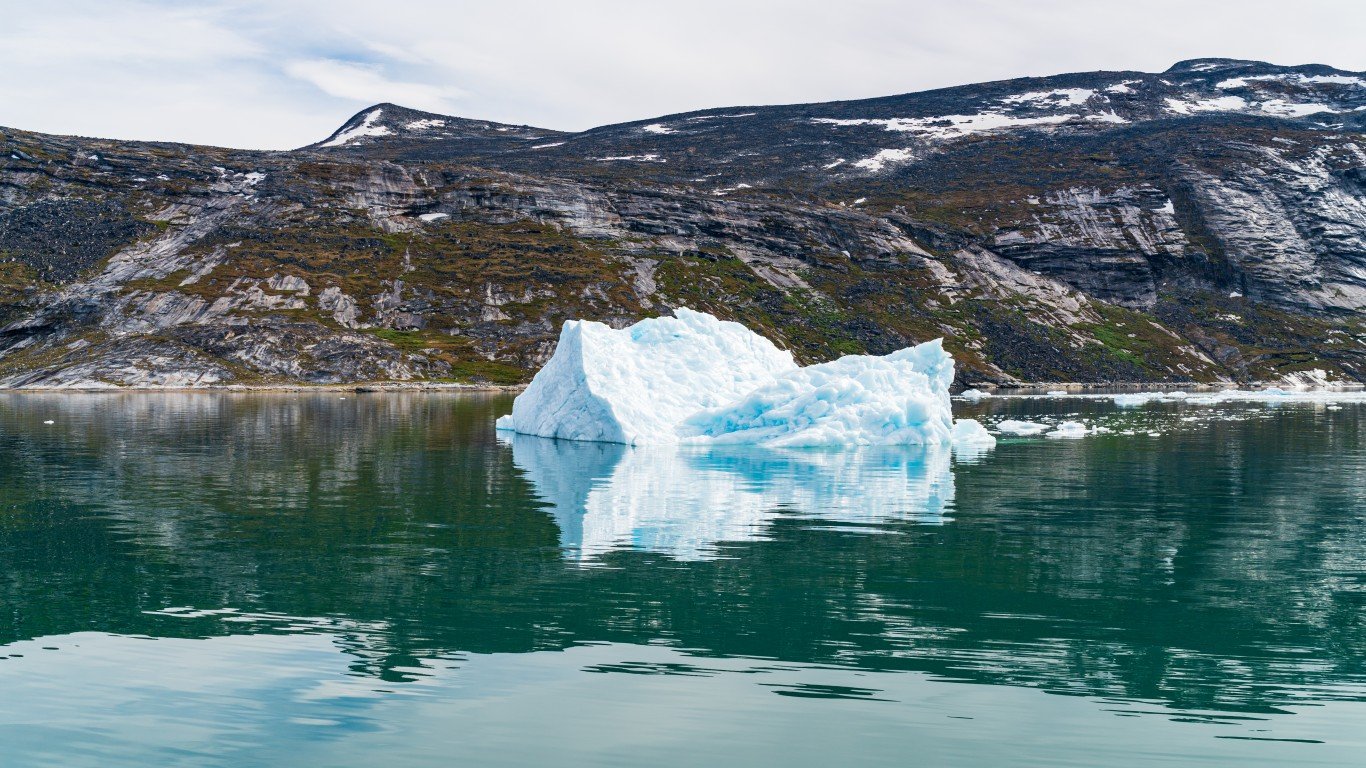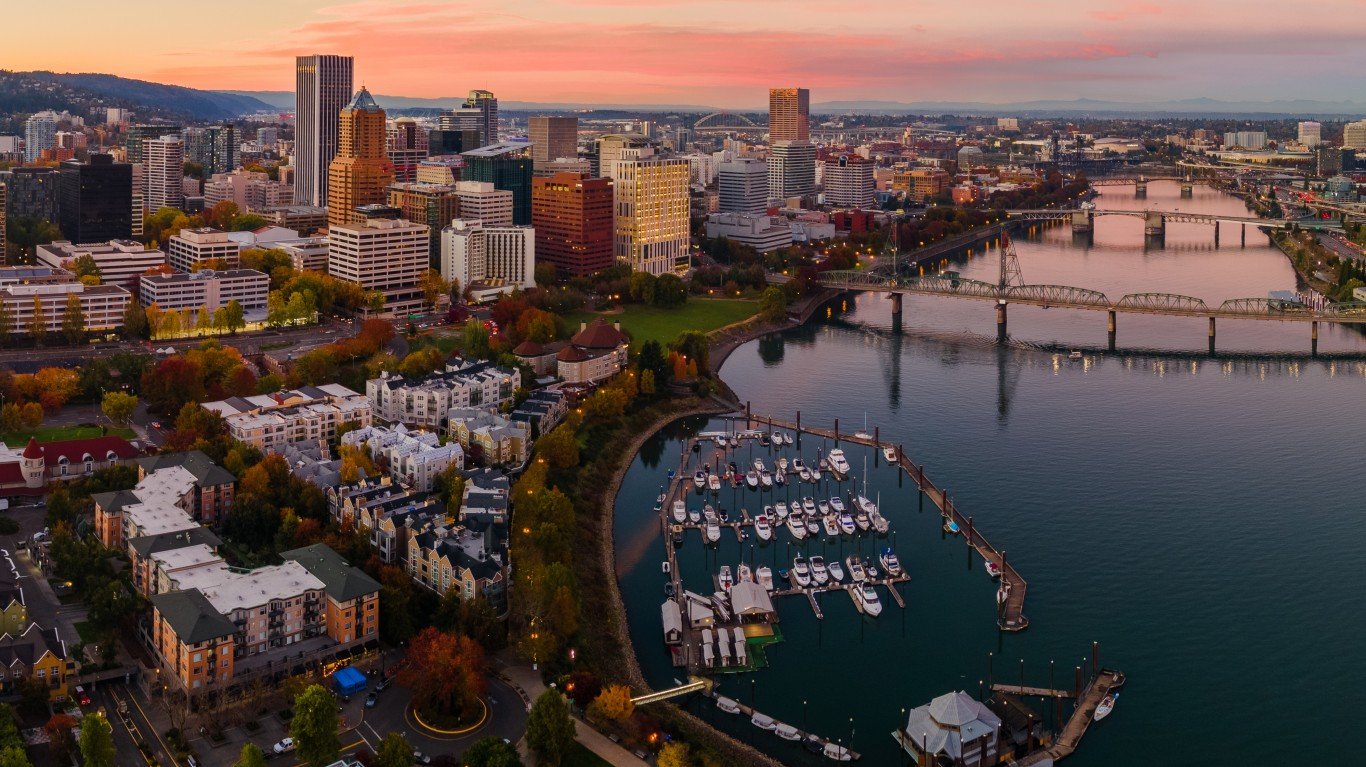

The second Monday in October, Columbus Day, is a holiday for people in some states but not in others. It is a federal holiday so government workers have the day off. It received federal holiday status in 1934 to celebrate the day that Christopher Columbus discovered America. Historians set that date on October 12, 1492. Over the last several decades, historians have found that one or more other groups probably reached America before Columbus did. At least five others may have, and the dispute about which was first continues year after year.
Among the primary reasons to dispute the claim that Columbus discovered America is that he never landed anywhere in North or South American at all. His ships reached several islands in what is now known as the Bahamas. That would make his real discovery a small group of islands.
The major dispute, however, is that Columbus reached land in the region, be it North America, South America or a group of islands, much later than other groups. At least five may have gotten to the Americas before him.
-
-
-
- The most scientifically accepted theory about which group from outside the Americas reached the area first is the Vikings. Viking leader Leif Eriksson and his crew reached the area of Newfoundland around 1000 A.D. There are artifacts of at least one colony there. Eriksson started his voyage from what is now known as Greenland.
- Several scientists have made the argument that Asians discovered America. They would have lived in Russia, near what is currently the Bering Sea. Over 15,000 years ago, Russia and the area which is now Alaska were joined by a “land bridge” before that two continents were separated. As this group moved across the bridge, it migrated as far south as what is currently the United States.
- Another theory is that people from Polynesia reached South America about 1,000 years ago. They would have had to move across hundreds of miles of open ocean to reach the location. This theory is based mostly on DNA evidence which matches sweet potatoes from both areas. Alternatively, some scientists believe that people from South America reached Polynesia, which is why there is a DNA match.
- Yet another theory is that the Chinese reached the Americas before Columbus reached the Bahamas. One set of information puts them in South America in 1491. Another shows they arrived around `1300 B.C. The primary support for this theory, which is discounted by most experts, is Chinese characters were found on a cave wall in Arizona.
- The final “theory” is that America (or the Americans, depending on the argument) was not “discovered”. Native Americans, both Indians, and Inuit, and Aleuts have been residents of America have come across the “land bridge” to Alaska before most scientists think. Many Native Americans believe other theories usurp their position as the original residents of both the North and South American continents.
-
-
Who discovered America? The dispute has not been settled by even the most expert archaeologists, and probably won’t be.
For more information about the Native American population, 24/7 Wall St. has published a study on the largest Native American population in every state.
Essential Tips for Investing: Sponsored
A financial advisor can help you understand the advantages and disadvantages of investment properties. Finding a qualified financial advisor doesn’t have to be hard. SmartAsset’s free tool matches you with up to three financial advisors who serve your area, and you can interview your advisor matches at no cost to decide which one is right for you. If you’re ready to find an advisor who can help you achieve your financial goals, get started now.
Investing in real estate can diversify your portfolio. But expanding your horizons may add additional costs. If you’re an investor looking to minimize expenses, consider checking out online brokerages. They often offer low investment fees, helping you maximize your profit.
Thank you for reading! Have some feedback for us?
Contact the 24/7 Wall St. editorial team.



